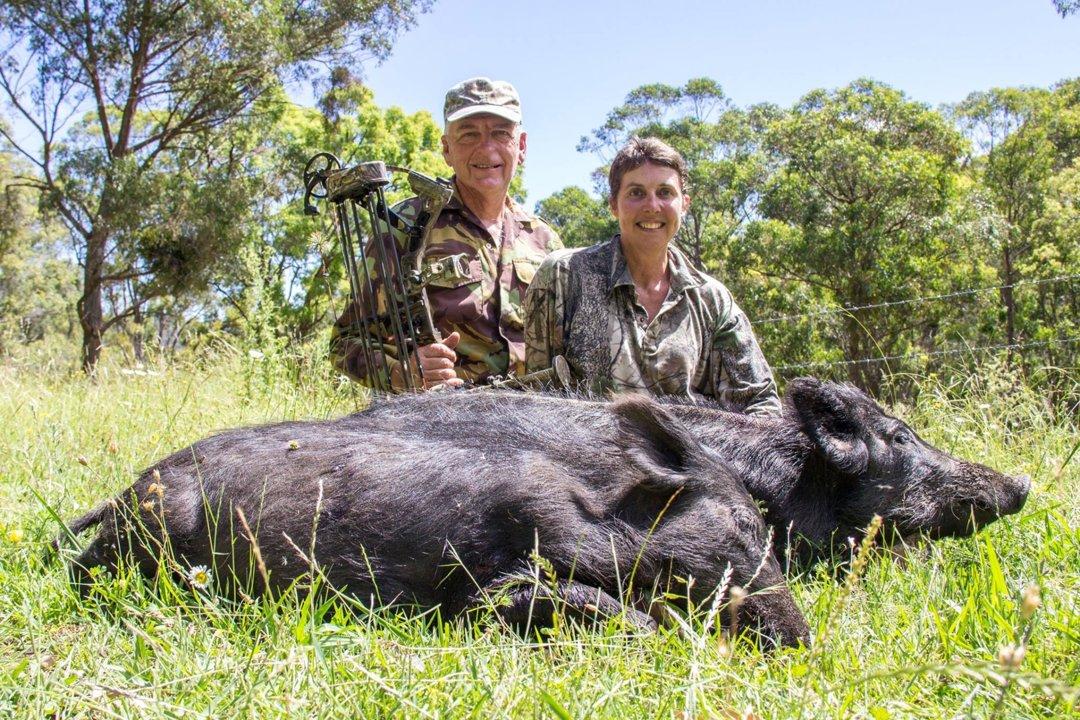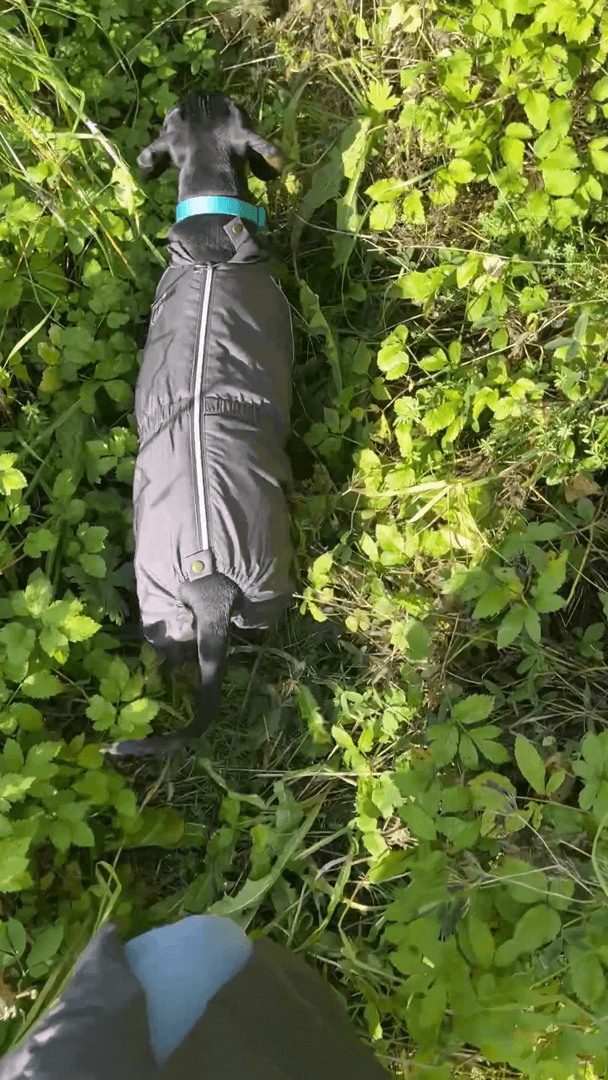
The Spinone Italiano: A Hunter's Companion Across Continents If you're a hunter who values versatility, stamina, and a gentle touch, the Spinone Italiano deserves a place by your side. This isn't your hyper-strung, speed-demon pointer. The Spinone is a deliberate, methodical worker, equally at home in the uplands, marshes, or even retrieving waterfowl. Let's dive into what makes this breed special. Quarry: What Can the Spinone Italiano Hunt? This breed is a true generalist. The Spinone Italiano excels at hunting: Upland Birds: Pheasant, quail, grouse, woodcock. Their methodical pace and close-working style make them deadly on these birds. Waterfowl: Ducks and geese. The Spinone's dense coat and love of water make them surprisingly adept retrievers. Small Game: Rabbit and hare. Their keen nose can track these animals through dense cover. Larger Game (with limitations): In some European countries, Spinones are used to track wounded deer or wild boar. This is not their primary role
Post: 8 March 15:57










































